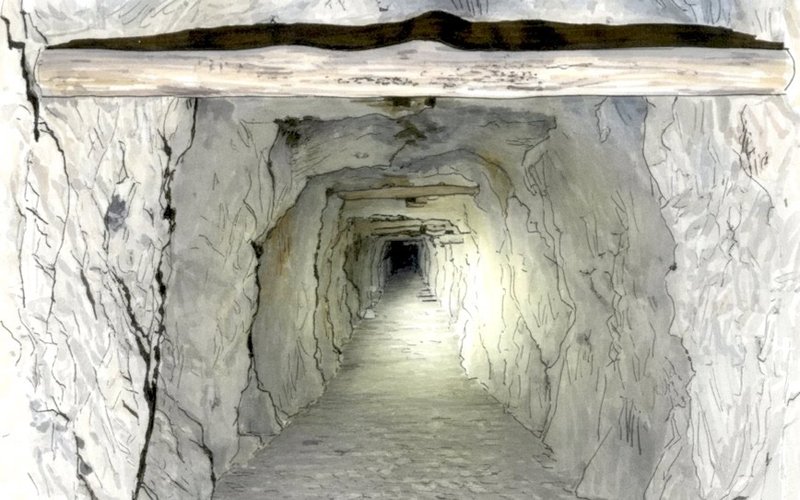Lode Resources (ASX: LDR) has recorded assays of up to 31.1% antimony from its first pass drilling at the historical Magwood project in NSW.
Two individual core assays from one drill hole graded 31.1% and 26.4% antimony, with other highlight assays including 28.57% over 1.3 metres,16.60% over 0.3m, and 19.20% over 0.2m.
Lode also obtained drill assays from stope fill that included 3.08% antimony from a 12.4m void, 2.66% from a 1.7m void, and 0.22% from a 7.9m void.
Long-Dormant Mine
Lode’s drilling program is the first for the Magwood antimony mine and is the only significant exploration there for the last 50 years.
This, despite it being Australia’s primary antimony producer for periods between 1920 and 1970, prior to the development of the nearby Hillgrove mine.
Managing director Ted Leschke said the results highlight the potential for significant unmined antimony mineralisation that historical miners missed due to a complete dearth of any drilling.
“These inaugural drill results from Magwood are extremely encouraging given the strong endowment of intercepted primary antimony mineralisation […] and the presence of mineralised stope fill,” he said.
Defining Drill Targets
Lode is currently focused on surface exploration to define drill targets nearby to Magwood, which sits just 40 kilometres north-northwest of the Hillgrove mine.
Historical records show that Magwood’s mined grades were very high by today’s standards, with reports indicating yearly production grades ranging from 4.0% to 62% antimony.
Lode is the largest holder of exploration ground in the New England Fold Belt, with 1,914 sq km of exploration licences prospective for antimony including multiple recorded occurrences.
“Together, the Magwood antimony project and the Montezuma silver and antimony project place Lode Resources in a formidable position during a time where the western world has been caught short of critical metals,” Mr Leschke said.
